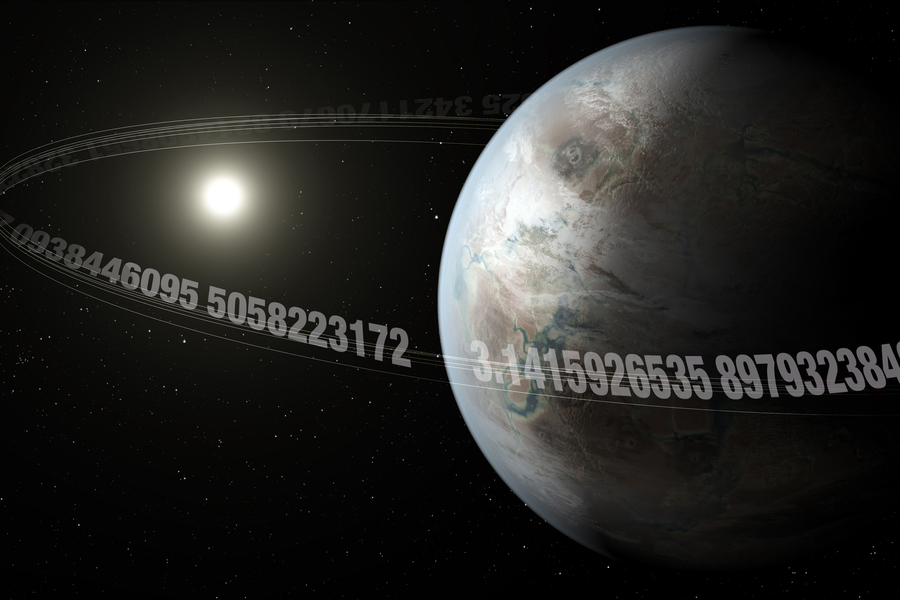Although the planet is roughly the same size as Earth, unfortunately it does not seem habitable.
Researchers have stumbled upon a special new planet. It is a so-called ‘pi planet’: a planet with an orbital period of 3.14 days, which, amusingly enough, is reminiscent of the universal mathematical constant. “Everyone needs a little fun these days,” said researcher Julien de Wit of the discovery.
Discovery
Researchers discovered striking signals in data collected in 2017 by the K2 mission of the famous Kepler space telescope. They decided on the system using SPECULOOS Southern Observatory – consisting of four telescopes with main mirrors of 1 meter – a closer look. And it shows that the signals received come from a planet that moves in a tight orbit around its star, orbits its parent star every 3.14 days. “The planet moves like clockwork,” says researcher Prajwal Niraula.
–
The newly discovered planet has been named K2-315b; an appropriate name. It is the 315th system discovered with the help of the K2 mission. The researchers suspect that the planet is 0.95 times the size of the Earth, which means that it can measure itself well with our planet. K2-315b orbits at a hasty 81 kilometers per second around the cool dwarf star EPIC 249631677, which is about five times smaller than our Sun.
Livable?
While the mass still needs to be mapped further, the researchers think K2-315b is Earth-like. Yet this does not immediately mean that the planet is livable. Because the rocky pi planet orbits its star in a very tight orbit, its surface can reach a temperature of a whopping 117 degrees Celsius. “This is far too hot for life,” says Niraula.
James Webb telescope
However, according to the researchers, the newly discovered planet is a promising candidate to study with the upcoming James Webb telescope. Because that will potentially reveal many interesting features about its atmosphere. However, we still have to be patient. Because because of the outbreak of the corona virus, NASA decided suspend work on the James Webb telescope. The intention is now that the telescope is on October 31, 2021 will be launched.
So for now we have to rely on other telescopes for a while. The researchers plan to dig through even more datasets – such as those from NASA’s TESS mission – and also directly observe the night sky with the SPECULOOS project looking for signs of Earth-like planets. “More interesting planets will be discovered in the future that we can then explore further with the James Webb,” said Niraula. The hope is that SPECULOOS will reveal many small exoplanets. Because only a small part of the exoplanets detected so far by means of the transit method are smaller or the same size as the Earth. The intention is that SPECULOOS will change this with the help of the highly sensitive cameras. “Hopefully, with better algorithms, we can one day look for even smaller planets, maybe even planets the size of Mars,” Niraula concluded.
POPULAR ON SCIENTIAS.NL
Keep amazed ✨
Receive the most beautiful space photos and interesting popular science articles every Friday. Get the free Scientias Magazine together with 50,000 others.
–


